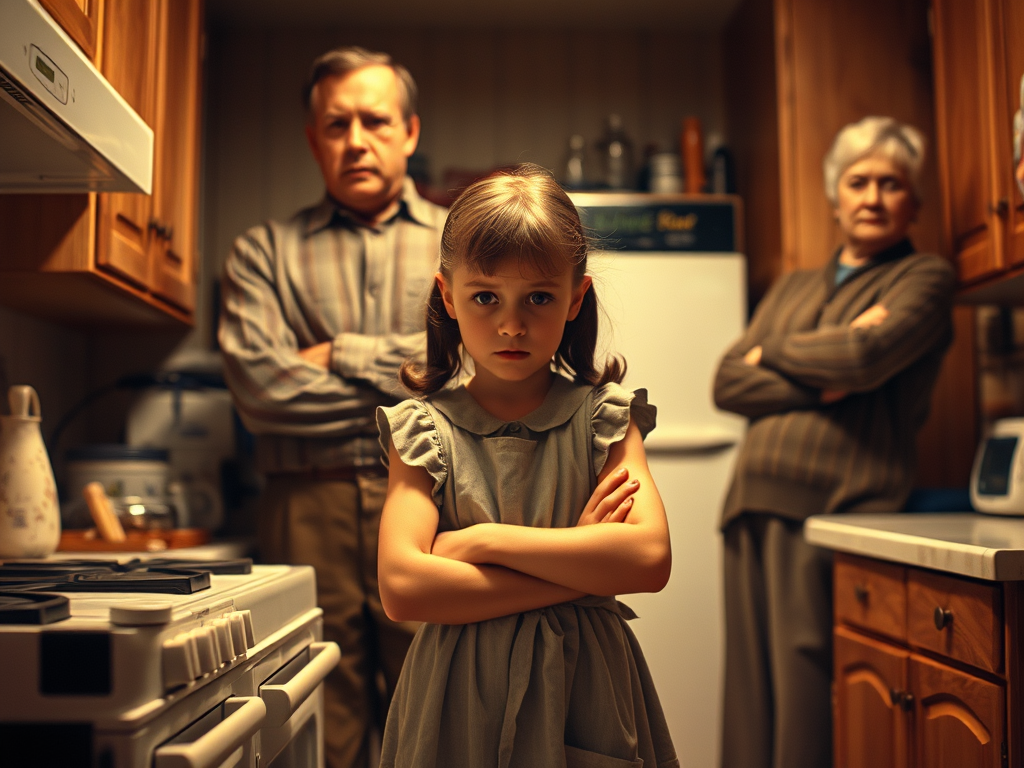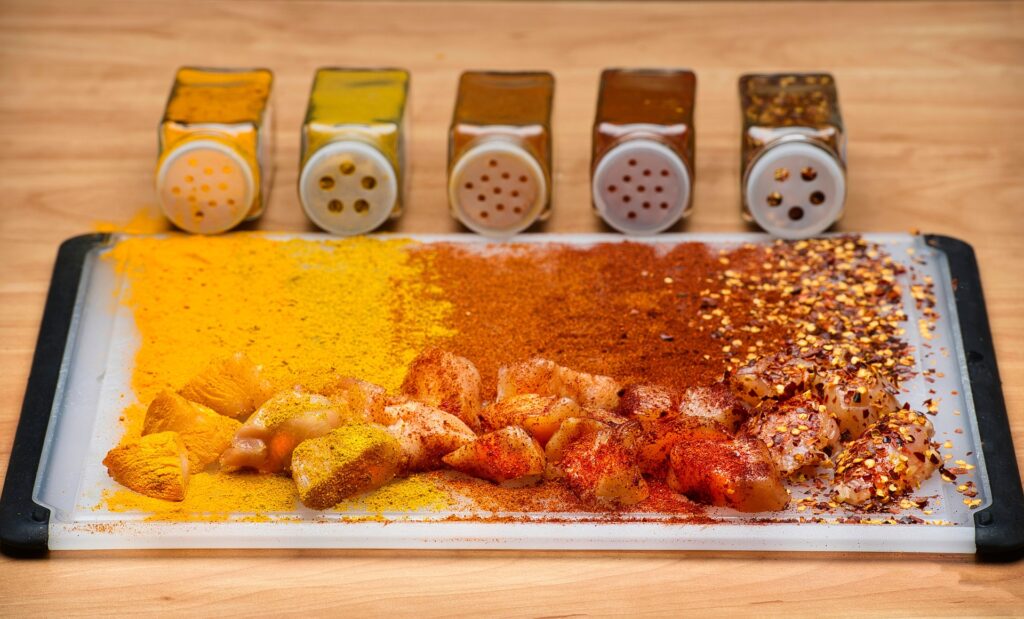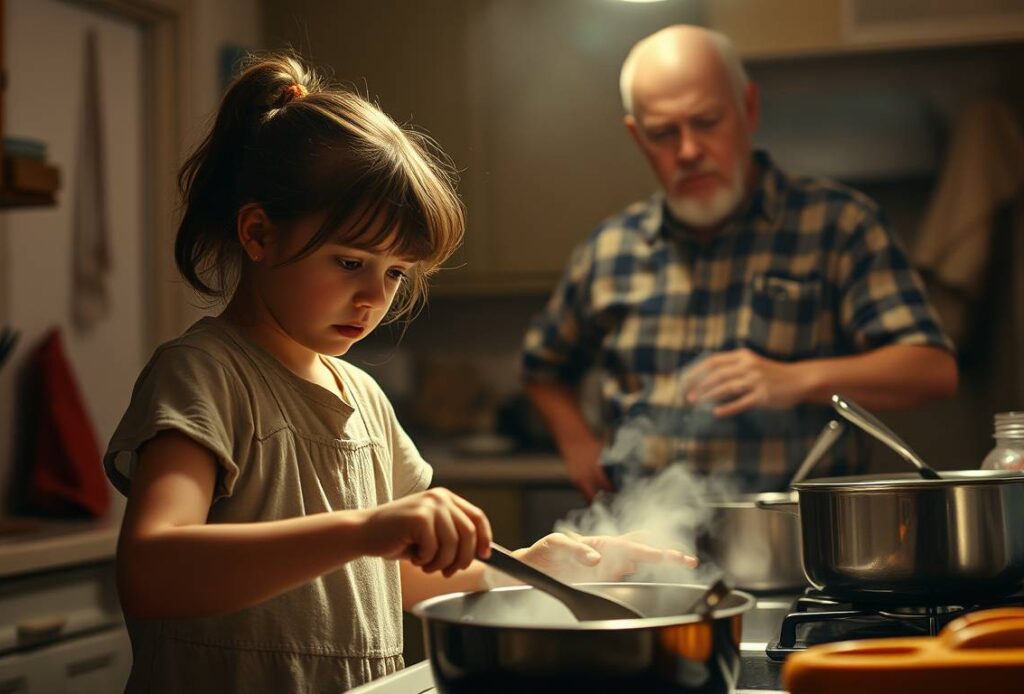“You’ll have to cook for your husband one day.”
“No man wants a wife who can’t cook.”
“Nobody will marry you if you can’t make a decent meal.”
If you grew up hearing things like this, you probably already know exactly how I felt about cooking. It wasn’t something joyful, creative, or nourishing—it was a duty, a gendered expectation, something I was supposed to do just because I was a girl. I said that I hate cooking, but in reality, I didn’t hate the act of cooking itself. I hated what it represented.

It took me years—growing, healing, learning to love myself—to see cooking in a completely different light. And the transformation changed more than just my relationship with food. It changed my relationship with myself.
How It All Started
When I moved to another city to study at university, I was finally free from the pressure of cooking—but I wasn’t exactly thriving. With no one forcing me into the kitchen, I ate pasta almost every day. It was quick, cheap, and didn’t require much thought. But over time, I started to feel it—physically and mentally. My energy was low, my skin wasn’t great, and I didn’t feel good in my own body.
Something had to change.
Eventually, I gained quite a bit of weight and couldn’t ignore how disconnected I felt from my body and overall well-being. So I started small—just a simple salad. I chopped a few vegetables, added some oil, and sat down to eat something fresh for once.
But instead of feeling proud, I felt… humiliated. That old voice came creeping back in—“This is what a woman is supposed to do.” I didn’t feel like someone taking care of herself, but more like a housemaid. I became exactly what my parents tried to shape me into. Cooking triggered memories I didn’t even realize were still buried. It wasn’t just about food—it was about identity and rebellion.
Boys Also Cook
My perspective shifted when I moved into the university dorms. In the shared kitchen, I often saw something surprising—boys cooking. Not just throwing something in the microwave, but actually preparing meals, experimenting with ingredients, and even enjoying the process. Nobody was judging, pressuring them, or telling them it was their duty.
Watching them clicked something in me. If they could do it freely, without shame or expectation, why couldn’t I? It was the first time I realized that cooking didn’t have to be tied to gender. Maybe it could be something human—creative, nourishing, even fun.
From Simple to Spiced
Ironically, I didn’t ease into cooking with basic meals—I jumped straight into the deep end. Some of my coursemates from India were incredibly generous with their time and recipes, and they taught me how to cook their traditional dishes. These meals were vibrant, full of flavor, and bursting with spices I’d never used before.

Soon, my tiny dorm shelf was overflowing with colorful spice boxes—cumin, turmeric, garam masala, curry leaves. I found myself watching Indian recipe YouTube channels late at night. Cooking started to feel like an adventure rather than an obligation.
Looking back, I think that starting with food from a completely different culture helped me break the emotional link between cooking and my childhood.
The Science Behind Cooking and Mental Health
Research shows that cooking isn’t just good for your body—it’s great for your mind, too. Studies have found that the act of preparing food can promote mindfulness by helping you focus on the present moment, which reduces stress and anxiety. Engaging in cooking activates your senses—smelling spices, chopping vegetables, and feeling textures—which can be calming and meditative.
According to several mental health experts, cooking can boost self-esteem and provide a sense of accomplishment, making it a powerful tool to improve overall well-being. So, what started as a chore for me turned into a surprisingly effective way to nurture my mental health.
Breaking the Cycle
It’s time we break this old, limiting circle. Cooking is not a girl’s duty or a test of worth—it’s a life skill everyone deserves to learn and enjoy. Teaching boys to cook just as much as girls helps erase outdated gender roles and creates a healthier, more balanced relationship with food for all of us.
When cooking becomes a shared joy and responsibility, it frees us from the pressure and shame that so many girls—and women—have carried for too long. We all deserve to find happiness and empowerment in the kitchen, no matter our gender.
And remember, learning to love cooking only happens when you make it your own choice, not because someone tells you it’s your duty.
Best Indian Cookbooks
Here are some cooking books from my library that helped me to start my journey.

Indian Instant Pot(R) Cookbook
The recipes in The Indian Instant Pot Cookbook are simple, flavorful, and perfect for anyone looking to bring traditional Indian cooking into a modern kitchen. Dishes like Marathi Kadhi, Chana Masala, and Basmati Pulao are full of rich, comforting flavors and come together quickly thanks to the Instant Pot.
The instructions are clear and beginner-friendly, with helpful tips on spices, substitutions, and getting the most out of your pressure cooker. I especially enjoyed how the book keeps ingredient lists manageable without sacrificing authenticity.

A beautifully written and deeply informative cookbook, this guide offers a rich journey through the regional diversity of Indian cuisine. The range of recipes is impressive, from earthy lentil dishes to vibrant vegetable curries and flavorful rice preparations. Each chapter is thoughtfully structured, and the step-by-step instructions make even complex techniques approachable.
Monisha’s explanations of spices, ingredients, and cooking methods are clear and engaging, helping to demystify traditional Indian cooking. I especially appreciated the focus on healthy, home-style dishes and the way she weaves in Ayurvedic principles and cultural context without making it feel overwhelming.

Vegetarian India: A Journey Through the Best of Indian Home Cooking
This book is a rich and vibrant celebration of Indian home cooking, filled with deeply flavorful recipes that are both accessible and inspiring. Madhur Jaffrey takes you on a culinary journey across India, offering dishes that highlight the diversity of regional flavors and ingredients—like Kodava-style mushroom curry, crisp okra fries, and stir-fried spinach with warming spices.
Whether you’re exploring lentils, grains, or vegetables, every dish feels intentional, satisfying, and deeply tied to tradition. It’s more than a cookbook—it’s a window into the kitchens and rhythms of Indian life, made beautifully accessible to cooks anywhere.

